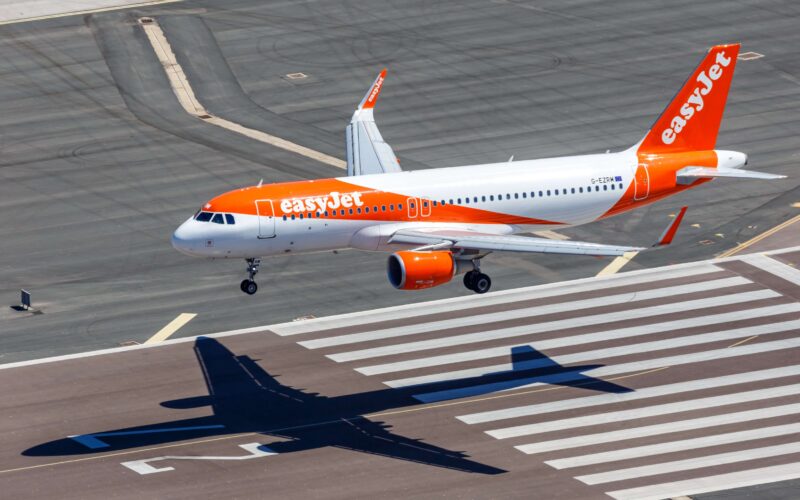An easyJet Airbus A320 passenger aircraft performed an emergency landing in Edinburgh in the United Kingdom as one of the flight crew reported a pilot had become incapacitated.
The incident occurred in the early hours of June 12, 2022, when the Airbus A320-200 aircraft belonging to British low-cost carrier easyJet, registered G-EZTK, was operating a scheduled flight U2-6938 between Heraklion in Greece and Edinburgh in the UK.
According to flight history found on Flightradar24.com, the plane was supposed to take off from Heraklion International Airport (HER) at 9.20 p.m. (UTC) and land at Edinburgh Airport (EDI) a few hours later on June 11, 2022. The flight was delayed by more than an hour due to undisclosed reasons, and the jet left Heraklion at around 10.48 p.m. (UTC).
Both crew members were performing their duties well until the descent phase of the flight. As reported by The Aviation Herald, when the aircraft was nearing its destination, it dived to 16,000 feet (FL160) altitude, as is usually done on the route. By the time the plane reached FL160, the first officer reported to Air Traffic Control (ATC) having a pilot incapacitation issue onboard and asked for permission for an immediate landing at EDI airport.
It later turned out that the captain of the flight became incapacitated after he left the flight deck for a short break. Passengers of the flight reportedly saw the pilot entering lavatory located in the front part of the plane, but he did not return to the cockpit. Thus, the first officer landed the jet himself on EDI airport’s Runway 24 at around 1:16 a.m. (UTC).
Once the aircraft reached its destination, the incapacitated pilot was taken under the care of local paramedics.
Types of pilot incapacitation
In-flight incapacitation is a serious issue that both the flight and cabin crew are constantly trained to manage in order to minimize potential hazards of such an event during the flight.
The International Federation of Air Line Pilots’ Association (IFALPA) describes pilot incapacitation as “any physiological or psychological state or situation, which negatively affects pilot performance”. There exist two types of pilot incapacitation, namely obvious and subtle incapacitation.
Obvious incapacitation is a sudden and often prolonged event that usually results in a complete loss of the pilot’s operating function.
This category of incapacitation includes events like loss of consciousness due to severe brain disorders, such as stroke or hemorrhage, as well as heart disorders, severe internal bleeding, seizures, severe body pain, or even paralysis in-flight.
Meanwhile, subtle incapacitation is considered the most dangerous event in-flight, and is described as a partial loss of the pilot’s ability to perform duties, which usually lasts for a short period, but is considered a significant operational hazard as it is complicated for another flight or cabin crew member to detect it. While the subtly incapacitated pilot could look well and be conscious, they may not be aware or capable of rationally evaluating their actions in the flight deck as they would only have partial consciousness.
According to data from the The Aviation Herald, the recent easyJet A320 aircraft emergency landing was the first pilot incapacitation case since 2018.

